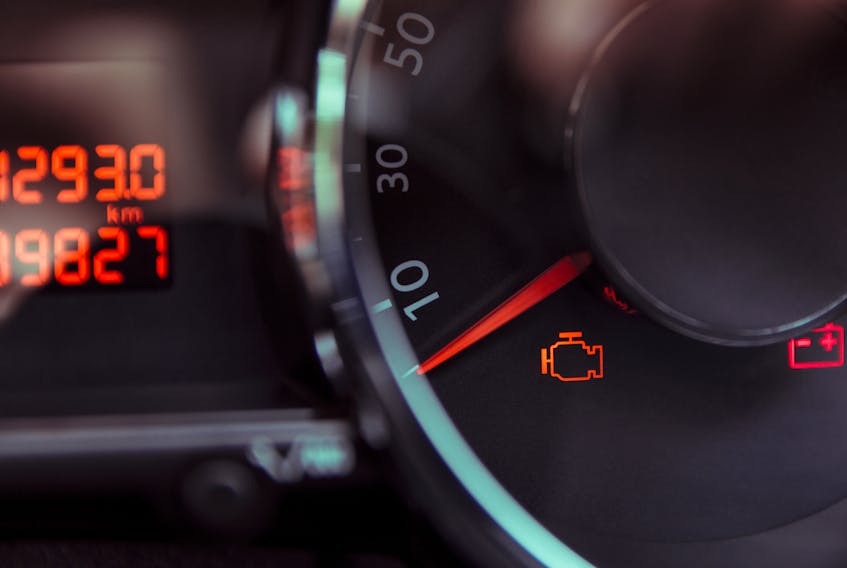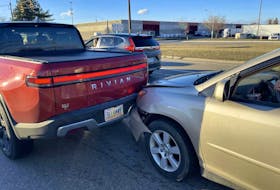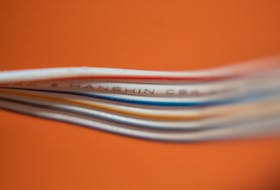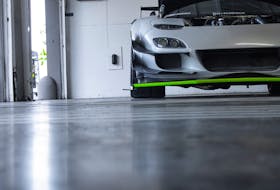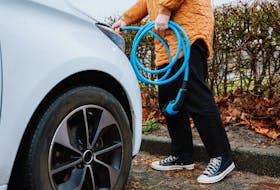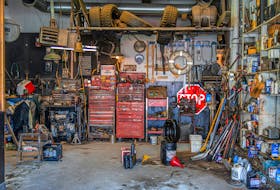Brian Turner
The perennial complaint of poor fuel economy has died down a bit with the lull in gas prices, but service consultants everywhere can expect a surge in this refrain when fuel costs rise again. The problem is, in the overwhelming majority of cases, no technician — no matter how much of a wizard they might be — is able to do anything about it. And in some situations, just asking for an assessment might cost you.
With modern fuel-injected engines from any manufacturer, if there’s neither a check engine light (CEL) illuminated, nor any running symptoms such as low power, a rough idle, or stalling, there’s no repair, service, software update, or adjustment that will bump your fuel economy.
Don’t rely on your trip computer or fuel economy ratings
The first source of these consumer concerns comes from the vehicle itself — or more specifically, the fuel economy display or trip computer on the instrument panel. While somewhat useful, these displays are nowhere near accurate. The one and only way to determine how much fuel your vehicle consumes is to do a tank-to-tank review. Simply fill the tank, stop at the first click of the pump’s handle, reset the trip computer to zero, drive a minimum of 300 kilometres, refill and stop at the pump’s first click once again, and then calculate your usage. Running three of these tests and then averaging out the results will provide the most accurate figure.
[You can divide your miles travelled by how many litres you needed to fill up for a kilometres per litre rating. Or, divide the litres by miles travelled, then multiply that by 100, for a litres per 100 kilometres result. Or, just use an app like Fuelly.]
The second source of misinformation is the fuel economy label found on every new vehicle. It represents the results of lab tests done under very specific conditions that few drivers are likely to duplicate in the real world. It’s better used as a comparator between vehicles, letting you know if one particular model is better or worse, and by how much, than the other.
Your warranty — or even a software upgrade — won’t help
Warranties won’t help because there’s no clause that holds the automaker accountable for real-world fuel economy. Yes, some have been forced to pay fines and reimburse customers for misstated fuel economy but those cases are the exception, not the rule. Furthermore, if you think a mystery software update will make a difference, think again — front-line techs aren’t privy to the details of these uploads, only certain negative symptoms that might be detailed in a technical service bulletin said update is designed to cure.
So, what can you do to improve fuel economy?
The reasons you may not be getting the fuel economy you wished for are many and varied, but boil down to one source — you. How fast do you drive? How quickly do you accelerate? How much time do you spend idling or sitting in traffic? Do you carry any passengers and cargo? What brand of fuel do you use, and at what octane grade? How much air is in your tires? And don’t forget, driving in winter almost always sees fuel consumption climb. The variables are plenty and totally beyond your mechanic, dealer, or the automaker’s control.
What about doing some type of inspection?
Almost all manufacturers will pay their dealerships to perform a basic diagnostic test, even though no defect is found or repair is completed when the vehicle is still within its warranty. But once that coverage expires, consumers may be faced with some type of invoice to cover a technician’s time and facility/equipment use. So, if you aren’t happy with your vehicle’s fuel economy, try changing your driving style before trading it in. Or, just learn to live with what you’re getting.

